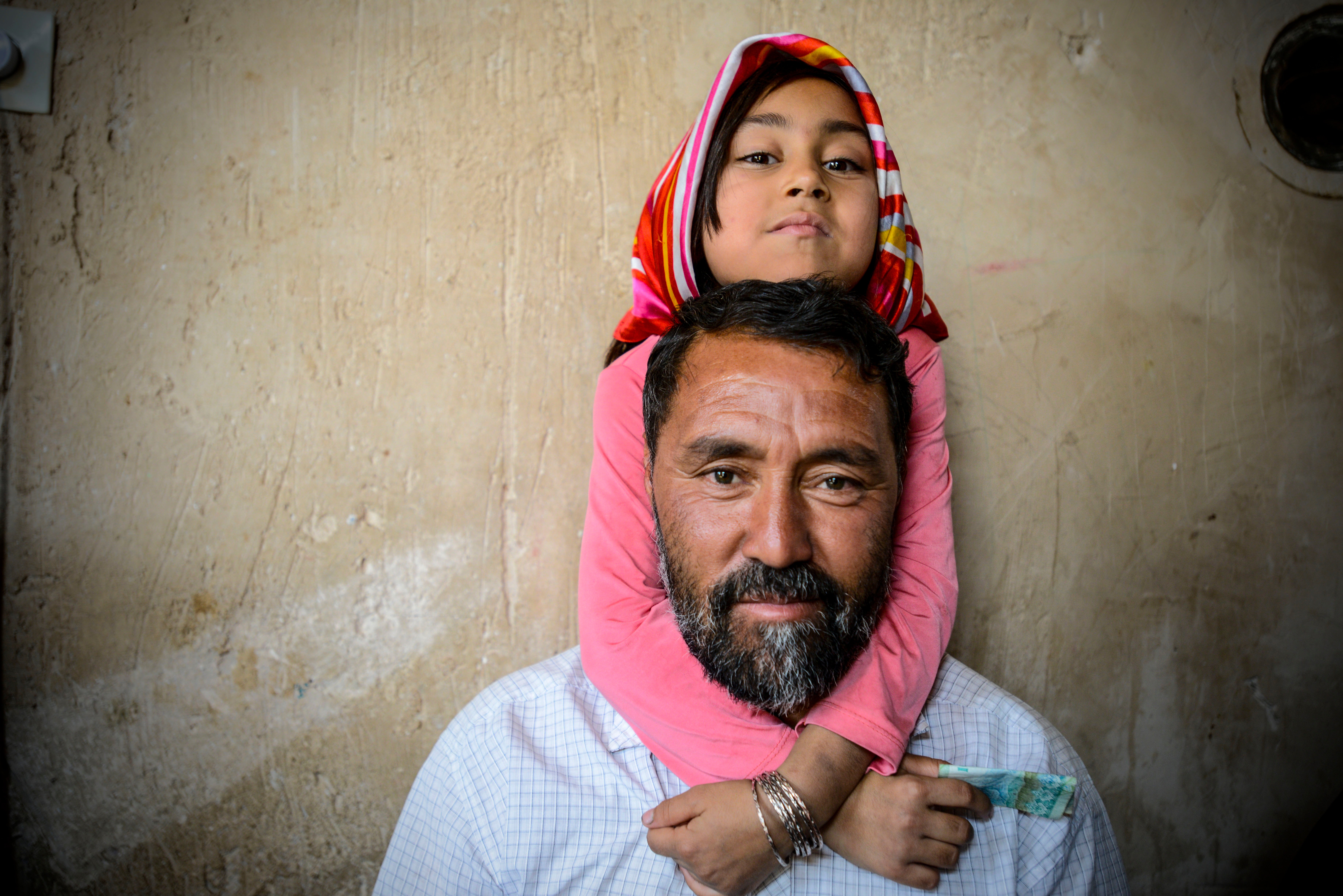The Islamic Republic of Iran is host to one of the largest and most protracted urban refugee situations in the world and has provided asylum to refugees for over four decades. Forty years on since the 1979 Soviet invasion and the subsequent waves of violence, displacement from Afghanistan continues in the longest protracted refugee situation covered under UNHCR’s mandate. Nearly five million Afghans remain displaced outside of the country; of these, 90% are hosted by the Islamic Republics of Pakistan and Iran.
In Iran, thanks to the government’s progressive and inclusive policies, refugees have been given access to education, health and livelihoods opportunities – helping them thrive, not just survive. It is estimated that 96% of refugees in Iran live in cities, towns and villages side by side with the Iranian host community, while 4% live in 20 settlements managed by UNHCR’s main government counterpart, the Bureau for Aliens and Foreign Immigrants’ Affairs (BAFIA) of the Ministry of Interior.
The Government of Iran is responsible for refugee registration and status determination. The legal status of refugees is defined by two international instruments: the 1951 Convention relating to the Status of Refugees and its 1967 Protocol. The Islamic Republic of Iran acceded to the 1951 Convention and its 1967 Protocol on 28 July 1976, with reservations to Article 17 (wage-earning employment), Article 23 (public relief), Article 24 (labour legislation and social security) and Article 26 (freedom of movement).
In 2020, only 947 refugees returned to Afghanistan – a significant decrease compared to the same period in 2019. This can be understood in the context of continued insecurity and instability in Afghanistan, as well as the enduring COVID-19 pandemic.
UNHCR continues to advocate for more third-country solutions for Afghan refugees. However, in 2020 UNHCR only received resettlement quota for 120 refugees in Iran, the lowest since UNHCR started resettlement activity in Iran in 1999.
In 2019, the number of refugees under UNHCR’s mandate worldwide rose to 20.4 million. A further 5.6 million registered refugees are cared for in some 60 camps across the Middle East by the United Nations Relief and Works Agency for Palestine Refugees in the Near East (UNRWA), which was set up in 1949 to care for displaced Palestinians.
The protection of refugees has many aspects. These include safety from being returned to danger, access to fair and efficient asylum procedures, and measures to ensure that their basic human rights are respected while they secure a longer-term solution. UNHCR works around the clock to accomplish all of this, but we can’t do it alone. Your support helps us to continue providing life-saving protection to millions.

